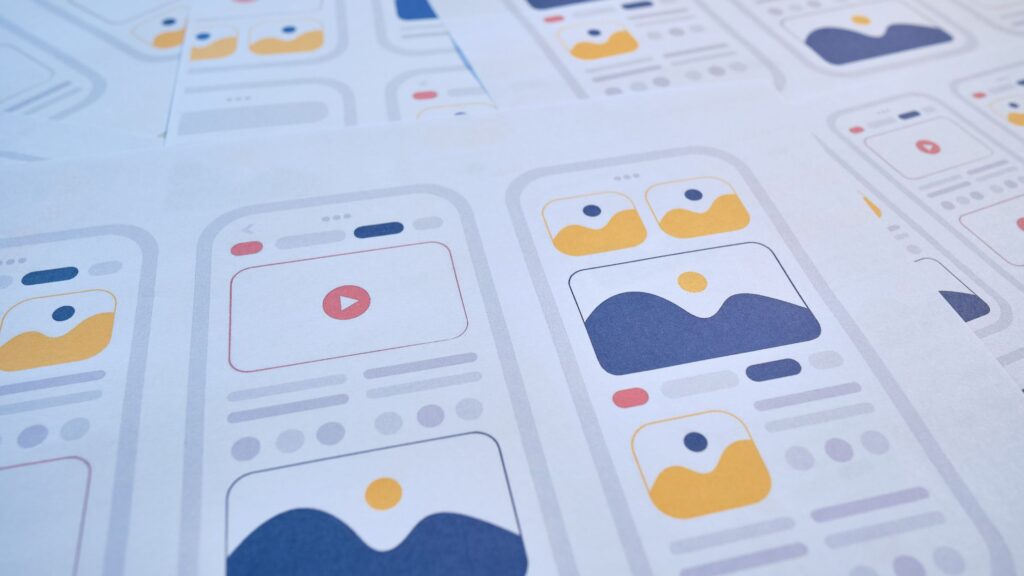User-centered design is a philosophy that places the user at the heart of the design process, ensuring that every aspect of a website caters to the needs and preferences of its target audience. By prioritizing the user experience, businesses can create websites that not only look appealing but also function intuitively, leading to higher engagement, customer retention, and ultimately, business success.
Why User-Centered Design Matters
User-centered design offers several key benefits:
- Higher User Engagement: Websites tailored to user needs keep visitors engaged, encouraging them to explore content and take desired actions.
- Improved Customer Retention: Meeting user expectations fosters loyalty, increasing the likelihood of return visits and long-term customer relationships.
- Lower Bounce Rates: When users find what they’re looking for easily, they’re less likely to leave the site immediately.
- Enhanced Brand Reputation: A well-designed, user-friendly website positively affects brand perception, leading to increased trust and word-of-mouth marketing.
How to Implement User-Centered Design
To create a website that truly resonates with your audience, consider these strategies:
Understand Your Audience
Develop detailed buyer personas by analyzing demographics, interests, and behaviors of your target users. This foundational step provides insights into language, tone, and content preferences that will appeal to your specific audience.
Create Relevant and Valuable Content
Identify the problems, questions, or interests of your audience and craft content that directly addresses these points. Providing solutions or valuable insights builds trust and keeps readers engaged.
Optimize User Experience
Focus on creating a seamless and enjoyable user experience by:
- Ensuring mobile responsiveness
- Simplifying navigation
- Using clear and concise language
- Implementing intuitive design elements
Personalize the Experience
Implement personalization strategies, such as recommending tailored content based on user behavior2. This makes users feel understood and appreciated, fostering a deeper connection with your brand.
Conduct Regular User Testing
Continuously gather feedback through surveys, user testing, and analytics to refine your website’s design and functionality. This iterative process ensures your website evolves with your users’ needs.
The Impact of User-Centered Design
User-centered design is not just about aesthetics; it’s about creating a website that serves your audience effectively. Consider these statistics:
- 88% of users won’t return to a website after a bad experience.
- Two-thirds of visitors prefer a well-designed site over a simple one.
- Over 90% of users don’t trust poorly designed sites.
By prioritizing user-centered design, you’re not only improving user satisfaction but also directly impacting your business’s bottom line.
Remember, your website isn’t about what you like; it’s about what your audience likes. By understanding and catering to your target demographic, you can create a website that resonates with your users, drives engagement, and ultimately contributes to your business’s success. Contact SEOpologist today for help designing an effective company website.





